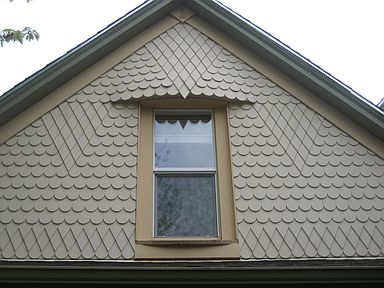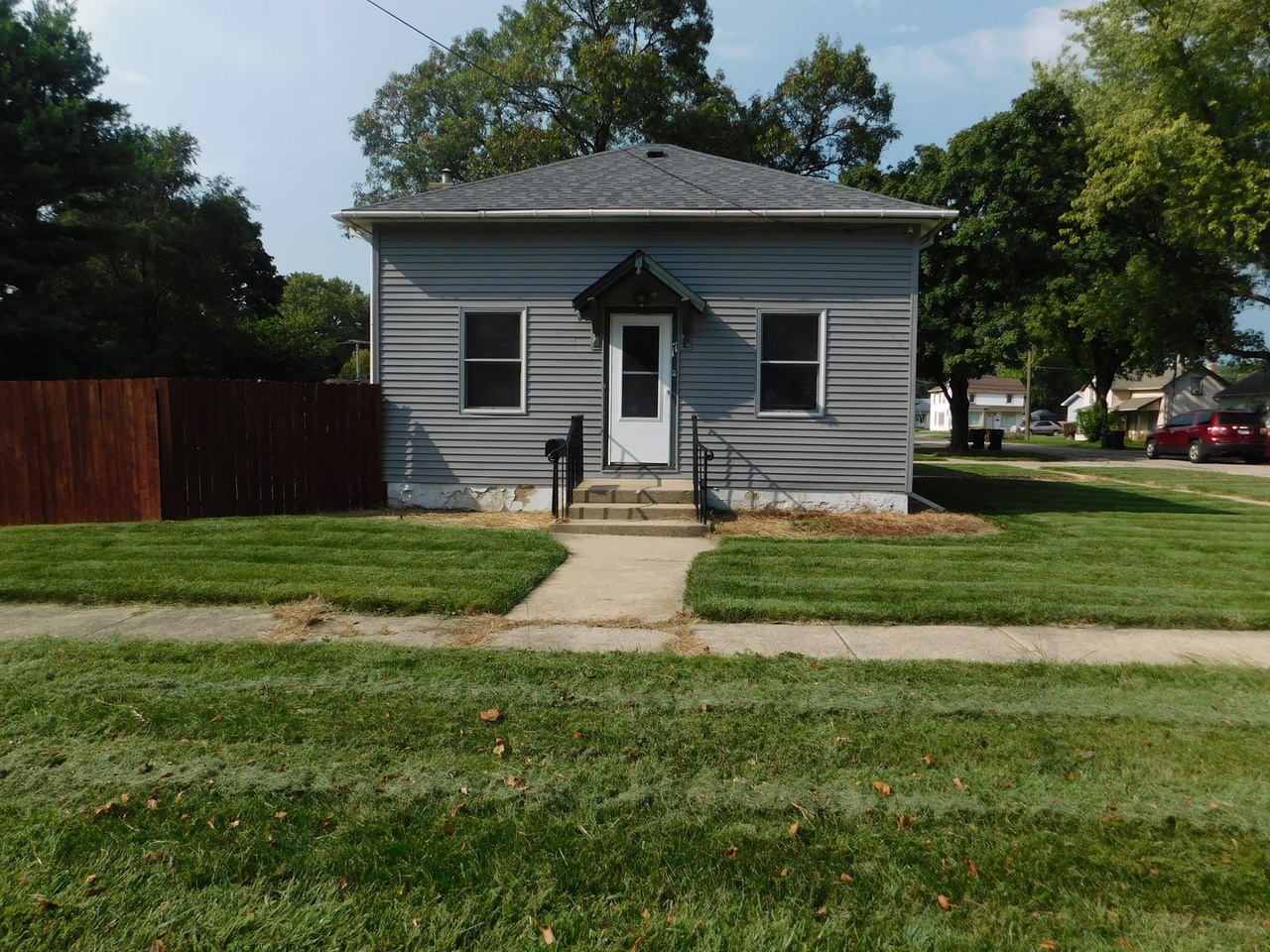
Health services should monitor at-risk individuals to elucidate long-term functional implications.ĬOVID-19 HRCT hospitalization lung abnormalities lung damage.Īrnold DT, Hamilton FW, Milne A, Morley AJ, Viner J, Attwood M, et al. Conclusions: Residual lung abnormalities were estimated in up to 11% of people discharged after COVID-19-related hospitalization. In the remaining 3,491 people, moderate to very high risk of residual lung abnormalities was classified at 7.8%, and posthospitalization prevalence was estimated at 8.5% (95% CrI, 7.6-9.5), rising to 11.7% (95% CrI, 10.3-13.1) in the sensitivity analysis. Risk factors included abnormal chest X-ray (risk ratio, 1.21 95% credible interval, 1.05-1.40), percent predicted Dl CO less than 80% (RR, 1.25 95% CrI, 1.00-1.56), and severe admission requiring ventilation support (RR, 1.27 95% CrI, 1.07-1.55). Of 209 subjects with linked computed tomography (median, 119 d interquartile range, 83-155), 166 people (79.4%) had more than 10% involvement of residual lung abnormalities. Measurements and Main Results: The interim cohort comprised 3,700 people. Sensitivity analysis was restricted to participants with protocol-driven research follow-up. Numbers within strata were used to estimate posthospitalization prevalence using Bayesian binomial distributions. Risk factors in linked computed tomography were estimated with Bayesian binomial regression, and risk strata were generated. Thoracic computed tomography linked by PHOSP-COVID-19 identifiers was scored for the percentage of residual lung abnormalities (ground-glass opacities and reticulations). Methods: The PHOSP-COVID-19 (Post-Hospitalization COVID-19) study was used to capture routine and research follow-up within 240 days from discharge. Objectives: The UK Interstitial Lung Disease Consortium (UKILD) post-COVID-19 study interim analysis was planned to estimate the prevalence of residual lung abnormalities in people hospitalized with COVID-19 on the basis of risk strata. Rationale: Shared symptoms and genetic architecture between coronavirus disease (COVID-19) and lung fibrosis suggest severe acute respiratory syndrome coronavirus 2 (SARS-CoV-2) infection may lead to progressive lung damage. 28 Liverpool University Hospitals NHS Foundation Trust, Liverpool, United Kingdom.27 Perth Royal Infirmary, NHS Tayside, Perth, United Kingdom and.26 Newcastle University, Newcastle, United Kingdom.25 University of Liverpool, Liverpool, United Kingdom.


19 Asthma + Lung UK, London, United Kingdom.18 University College London Hospital, London, United Kingdom.17 Oxford University Hospitals NHS Foundation Trust, Oxford, United Kingdom.16 Royal Devon and Exeter NHS Foundation Trust, Exeter, United Kingdom.15 University of Sheffield, Sheffield, United Kingdom.

14 University of Nottingham, Nottingham, United Kingdom.12 Ninewells Hospital and Medical School, Dundee, United Kingdom.11 University of Manchester, Manchester, United Kingdom.10 Sheffield Teaching Hospitals NHS Foundation Trust, Sheffield, United Kingdom.9 Leeds Teaching Hospitals NHS Foundation Trust, Leeds, United Kingdom.8 North Bristol NHS Trust, Bristol, United Kingdom.7 University of Edinburgh, Edinburgh, United Kingdom.6 Leicester NIHR Biomedical Research Centre, Leicester, United Kingdom.



 0 kommentar(er)
0 kommentar(er)
